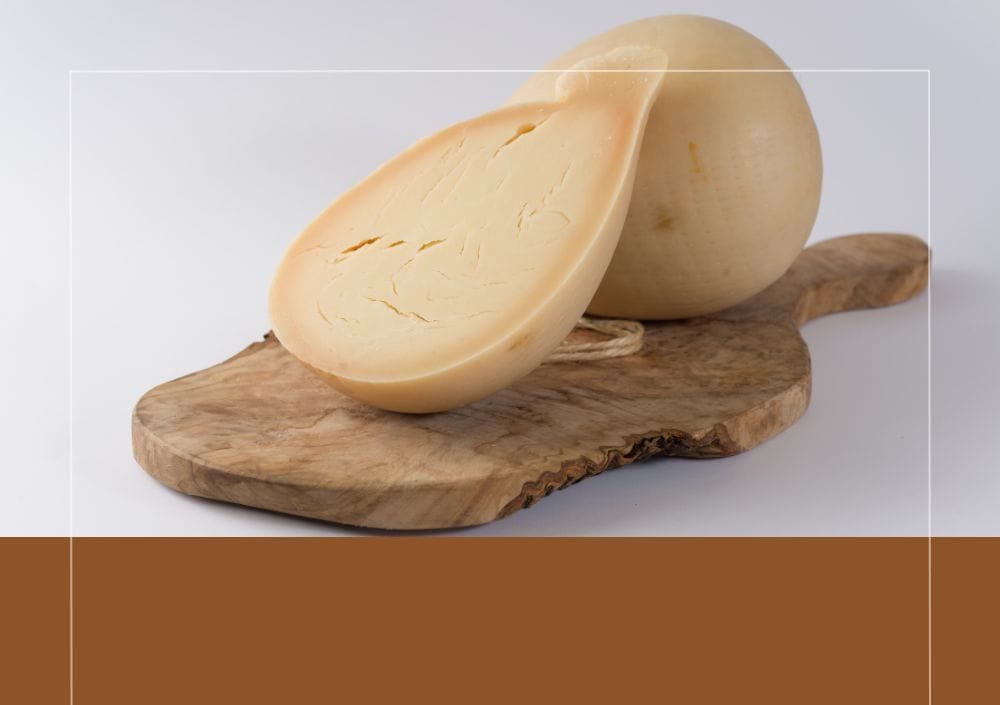The history of Ossobuco alla Milanese
Classic Milanese Ossobuco is more than just a dish: it is an authentic celebration of Lombard culinary culture, rooted in the history of Milan. Originally conceived as a rustic dish, ossobuco has conquered the palate of many thanks to its perfect combination of flavours and textures. History tells us that this delicious second course of veal shank, cooked slowly with white wine and broth, dates back to the 19th century. It is the marrow in the bone that gives ossobuco its distinctive and unmistakable flavour. Despite its humble origins, ossobuco alla Milanese has over time become a true icon of Italian cuisine, appreciated not only in homes but also in the most renowned restaurants. Tradition dictates that it is served with the classic saffron risotto, creating a perfect marriage between the tenderness of the meat and the creaminess of the risotto. This ancient preparation not only retains the charm of the past but continues to evolve, maintaining a place of honour on Italian and international tables. Discovering ossobuco alla Milanese means immersing yourself in a tradition rich in authentic flavours and fascinating stories. Don’t miss the opportunity to savour this culinary masterpiece that best represents the generosity and passion of Milanese cuisine.
Ingredients and traditional preparation
🕰 Preparation time:
- Preparation: 20 minutes
- Cooking time: 1 hour 30 minutes
- Difficulty: Medium
- Portions: 4
🛒 Ingredients:
For the ossobuco:
- 4 veal shanks (about 3-4 cm high, with bone and marrow)
- 00 flour (for flouring)
- 50 g butter
- 2 tbsp extra virgin olive oil
- 1 white onion
- 1 carrot
- 1 celery stalk
- 1 glass of dry white wine
- 300 ml meat stock (hot)
- Salt and pepper to taste
For the gremolada (the finishing touch)
- The grated rind of 1 untreated lemon
- 1 clove of garlic
- Chopped fresh parsley (a large bunch)
👨🍳 Procedure:
1. Prepare the veal shanks:
- Make a few small cuts along the edges of the meat to prevent them from curling during cooking.
- Flour each piece well, shaking off the excess.
2. Sautéing and browning:
- In a large saucepan, heat the oil with the butter. Add the finely chopped onion, carrot and celery.
- Fry gently for 5-6 minutes.
- Add the floured veal shanks and brown them well on both sides until golden brown.
3. Deglaze and cook:
- Deglaze with white wine and let the alcohol evaporate.
- Adjust the salt and pepper.
- Add the hot stock until it covers about half the height of the veal shanks.
- Cover with a lid and simmer for about 1½ hours, turning occasionally and adding stock if necessary.
4. Prepare the gremolada:
- Finely chop the garlic, parsley and lemon zest.
- Combine everything in a small bowl.
5. Last touch:
- At the end of cooking, sprinkle the veal shanks with gremolada and leave to season for 5 minutes with the pan covered.
🍽 S ervice Tips:
- Ossobuco alla Milanese is traditionally served with saffron risotto.
- Alternatively, you can accompany it with a soft polenta or mashed potatoes.
- Don’t forget the marrow spoon!
Regional pairings and variants
Classic Milanese Ossobuco is a dish that not only represents the culinary tradition of Lombardy, but also offers extraordinary versatility in regional combinations and variants. The regional variants offer a gastronomic journey through Italy. In Emilia-Romagna, for instance, one can find ossobuco accompanied by porcini mushrooms, adding an earthy flavour to the dish. In Tuscany, on the other hand, it is common to enrich it with aromatic herbs such as rosemary and sage for an even more fragrant note. There is no shortage of southern Italian versions: in Campania, ossobuco is sometimes cooked with fresh cherry tomatoes and black olives for a more Mediterranean variant. Experimenting with these combinations not only enriches your culinary experience, but also pays homage to the diversity of Italian traditions. We invite readers to explore these variations and discover new combinations that can further enhance the flavours of ossobuco alla Milanese. Such an iconic dish deserves to be enjoyed in all its regional nuances and variations.







